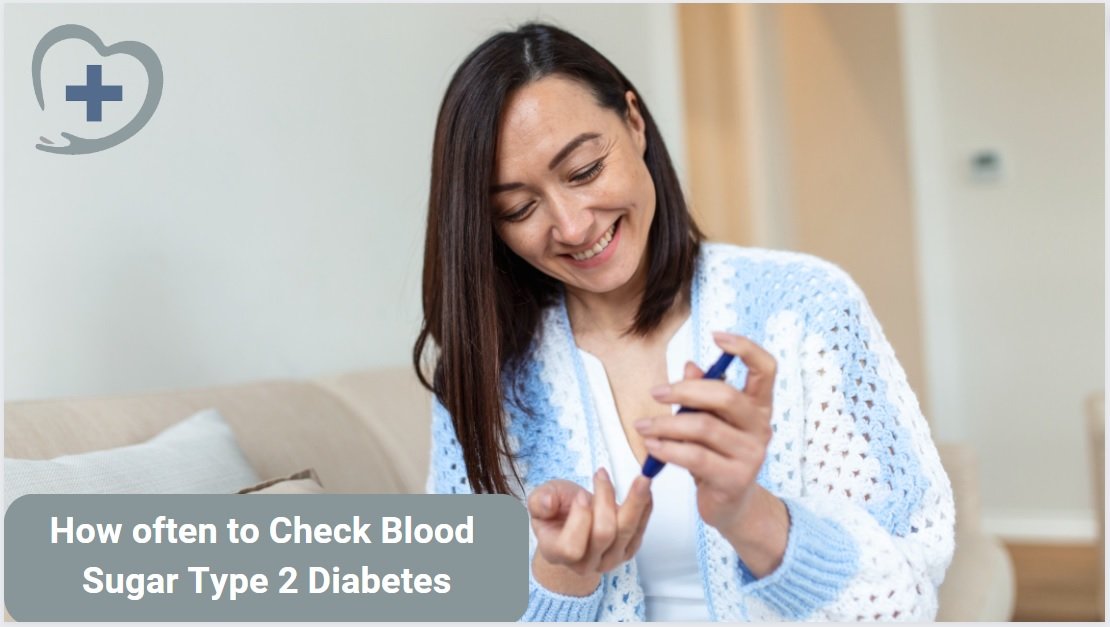Introduction
As we gracefully age, maintaining optimal health becomes a priority, and one crucial aspect is managing cholesterol levels. High cholesterol can significantly increase the risk of heart disease and other cardiovascular issues. In this comprehensive guide, we will explore effective strategies and lifestyle changes to help you reduce cholesterol in old age, ensuring a healthier and happier life.
Understanding Cholesterol:
Before diving into the methods to lower cholesterol, it’s essential to understand the basics. Cholesterol is a fatty substance produced by the liver and obtained through certain foods. There are two main types: low-density lipoprotein (LDL) and high-density lipoprotein (HDL). LDL is often referred to as “bad” cholesterol, while HDL is considered “good” cholesterol.
Lifestyle Changes: To Reduce Cholesterol in Old Age
1. Balanced Diet:
- Adopt a diet rich in fruits, vegetables, whole grains, and lean proteins.
- Choose heart-healthy fats such as avocados, olive oil, and nuts.
- Limit saturated and trans fats found in processed and fried foods.
2. Regular Exercise:
- Engage in moderate-intensity aerobic exercises like brisk walking, swimming, or cycling for at least 150 minutes per week.
- Include strength training exercises to improve overall cardiovascular health.
3. Maintain a Healthy Weight:
- Achieve and maintain a healthy weight through a combination of a balanced diet and regular physical activity.
4. Quit Smoking:
- If you smoke, quitting is one of the most significant steps you can take to improve heart health.
5. Limit Alcohol Intake:
- If you consume alcohol, do so in moderation. Limiting alcohol can positively impact cholesterol levels.
Dietary Tips: To reduce Cholesterol in Old Age
1. Omega-3 Fatty Acids:
- Include fatty fish like salmon and mackerel in your diet or consider omega-3 supplements.
2. Soluble Fiber:
- Foods rich in soluble fiber, such as oats, beans, lentils, and fruits, can help lower LDL cholesterol.
3. Sterols and Stanols:
- Some margarines and orange juice fortified with sterols and stanols can contribute to reducing cholesterol absorption.
Medical Intervention: Needed for Priority Reduction of Cholesterol in Old age
1. Medication:
- Consult with your healthcare provider about cholesterol-lowering medications if lifestyle changes aren’t sufficient.
2. Regular Check-ups:
- Schedule regular check-ups to monitor cholesterol levels and overall heart health.
Conclusion
In conclusion, managing cholesterol levels in old age requires a holistic approach. By adopting a heart-healthy lifestyle, making wise dietary choices, and, when necessary, seeking medical advice, you can significantly reduce the risk of heart disease. Remember, it’s never too late to make positive changes for a healthier and more vibrant life. Start today and embark on the journey to lower cholesterol in old age for a heart that beats with vitality.
Faq Related To " How to reduce Cholesterol in Old Age "
Reducing cholesterol in old age is crucial because high cholesterol increases the risk of heart disease and other cardiovascular issues. As we age, the cumulative effects of unhealthy lifestyle choices may lead to elevated cholesterol levels, making it essential to adopt measures that promote heart health.
Making lifestyle changes is key to managing cholesterol. Adopt a balanced diet rich in fruits, vegetables, and lean proteins, engage in regular exercise, maintain a healthy weight, quit smoking, and limit alcohol intake. These changes contribute to overall heart health and lower cholesterol levels.
Yes, a heart-healthy diet can significantly impact cholesterol levels. Include foods rich in omega-3 fatty acids, soluble fiber, and sterols/stanols. Choose monounsaturated fats over saturated fats, and limit the intake of processed and fried foods. Consult a healthcare professional for personalized dietary recommendations.
Regular exercise helps raise HDL (good) cholesterol and lower LDL (bad) cholesterol. Aim for at least 150 minutes of moderate-intensity aerobic exercise per week, such as brisk walking or cycling. Additionally, include strength training exercises to improve overall cardiovascular health.
Yes, lifestyle changes can often be effective in managing cholesterol without medication. However, consult with your healthcare provider to determine the best approach for your specific situation. In some cases, medication may be necessary to achieve optimal cholesterol levels.
Foods rich in omega-3 fatty acids (fatty fish), soluble fiber (oats, beans), and items fortified with sterols/stanols can contribute to lower cholesterol. Consult with a healthcare professional before considering supplements, as they may interact with medications or have other health implications.
hronic stress can contribute to elevated cholesterol levels. Engaging in stress-reducing activities such as yoga, meditation, or deep breathing exercises can positively impact both mental well-being and heart health.
Regular check-ups are essential for monitoring cholesterol levels and overall heart health. Healthcare providers can assess your risk factors, provide guidance on lifestyle changes, and prescribe medication if necessary. Early detection and intervention are key to preventing cardiovascular issues.
Absolutely. It’s never too late to make positive changes. Start with small, sustainable adjustments to your diet and exercise routine. Consult with a healthcare professional for personalized advice, especially if you have existing health conditions or concerns.
Individual responses vary, but positive changes in cholesterol levels can often be observed within a few weeks to months. Consistency is key, and it’s essential to maintain a healthy lifestyle over the long term for sustained benefits.








